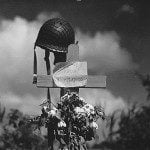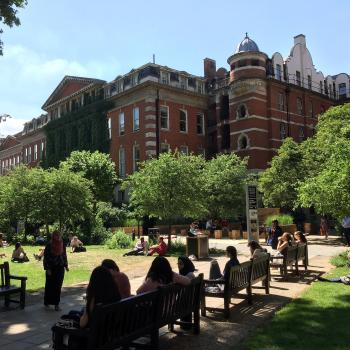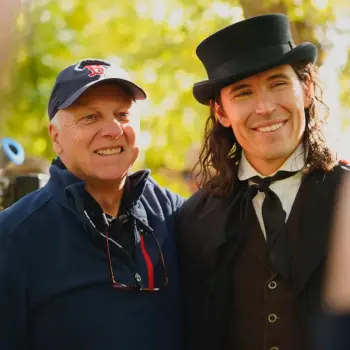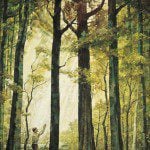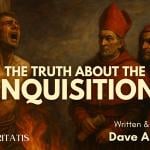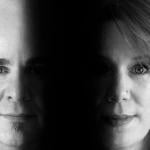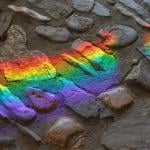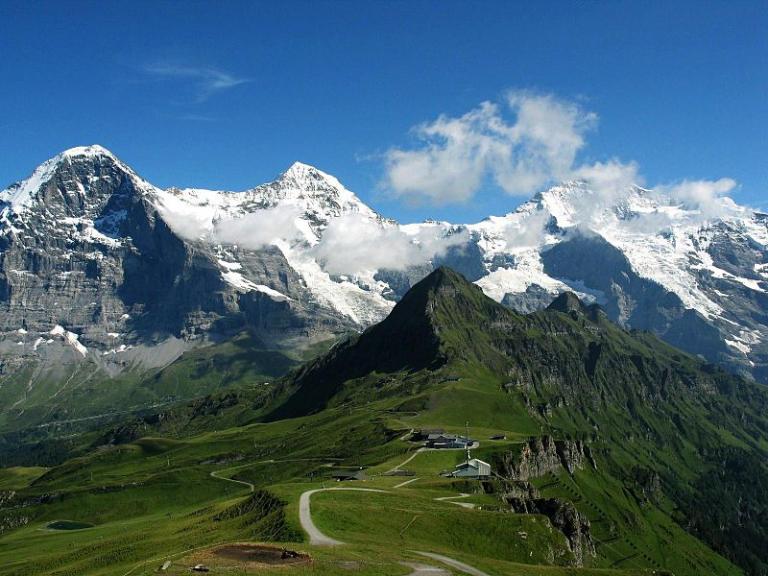
More than a few of you, I think, will find this interview of interest. Kurt Manwaring posed questions to my longtime friend and colleague in BYU’s Department of Asian and Near Eastern Languages, Professor Stephen D. Ricks — who was also one of my companions in the Switzerland Zürich Mission — about the new book that he and three collaborators have just published through the Interpreter Foundation:
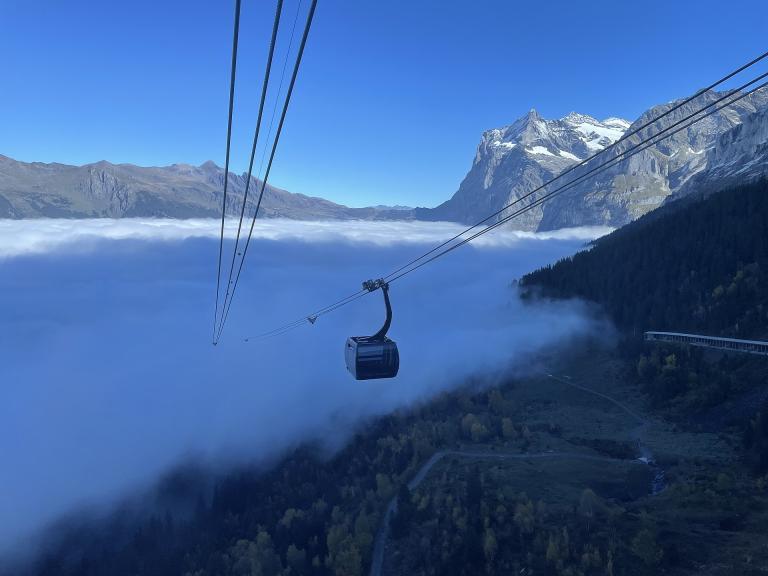
(Wikimedia Commons public domain image)
I believe that I’ve commented here several times on the remarkable frequency with which out-of-body experiences involve reports of being up near the ceiling. It’s a curious detail, but I’ve seen that phenomenon described literally scores of times, in recollections from a wide variety of people. Here’s another instance of the claim. Its similarity to many other more modern accounts — coupled with the fact that neither the person claiming the experience nor the person reporting it is likely to have been influenced by Raymond Moody’s 1975 bestseller Life after Life or by any subsequent book on the topic — strengthens its credibility. And its independence of much later accounts seems to strengthen theirs. It can easily be found (among other places) on the website of the Joseph Smith Foundation:
About the month of August, 1856, William D. Huntington and I went into Hobble Creek Canyon to get a tree or log suitable for making drums. After we had finished our labor and started for home, both of us riding on the log, our conversation naturally turned upon the doctrines of the Church and experiences of the past, when the life and labors of the Prophet Joseph were touched upon. This subject aroused into more than usual earnestness the mind and conversation of my associate. He said that in Nauvoo he lived in the family of and worked for Joseph Smith at the time the Prophet had such a wonderful time with the sick, when nearly everybody was stricken down and he himself was among the afflicted, and was one of those who were healed by Joseph. He said he had been sick some weeks and kept getting weaker, until he became so helpless that he could not move. Finally he got so low he could not speak, but had perfect consciousness of all that was passing in the room. He saw friends come to the bedside, look at him a moment and commence weeping, then turn away. He further stated that he presently felt easy, and observing his situation found that he was in the upper part of the room near the ceiling, and could see the body he had occupied lying on the bed, with weeping friends, standing around as he had witnessed in many cases where people had died under his own observation. About this time he saw Joseph Smith and two other brethren come into the room. Joseph turned to his wife Emma and asked her to get him a dish of clean water. This she did; and the Prophet with the two brethren accompanying him washed their hands and carefully wiped them. Then they stepped to the bed and laid their hands upon the head of his body, which at that time looked loathsome to him, and as the three stretched out their hands to place them upon the head, he by some means became aware that he must go back into that body, and started to do so. The process of getting in he could not remember; but when Joseph said “amen,” he heard and could see and feel with his body. The feeling for a moment was most excruciating, as though his body was pierced in every part with some sharp instruments. As soon as the brethren had taken their hands from his head he raised up in bed, sitting erect, and in another moment turned his legs off the bed. At this juncture Joseph asked him if he had not better be careful, for he was very weak. He replied, “I never felt better in my life,” almost immediately adding, “I want my pants.” His pants were found and given him, which he drew on, Joseph assisting him, although he thought he needed no help. Then he signified his intention to sit in a chair at or near the fireplace. Joseph took hold of his arm to help him along safely, but William declared his ability to walk alone, notwithstanding which, the help continued. Astonishment had taken the place of weeping throughout the room. Every looker-on was ready to weep for joy; but none were able or felt inclined to talk. Presently William said he wanted something to eat. Joseph asked him what he would like, and he replied that he wanted a dish of bread and milk. Emma immediately brought what he called for, as one may easily comprehend, every hand was anxious to supply the wants of a man who, a few moments before was dead, really and truly dead! Brother Huntington ate the bowl of bread and milk with as good a relish as any he ever ate. In a short time all felt more familiar, and conversation upon the scene that transpired followed. William related his experiences, and the friends theirs. Joseph listened to the conversation and in his turn remarked that they had just witnessed as great a miracle as Jesus did while on the earth. They had seen the dead brought to life. At the close of his narrative to me William Huntington remarked: “Now I have told you the truth, and here I am a live man, sitting by the side of you on this log, and I testify that Joseph Smith was a Prophet of God.”
Levi Curtis, “Recollections of the Prophet Joseph Smith,” Juvenile Instructor 27/12 (15 June 1892): 385-386
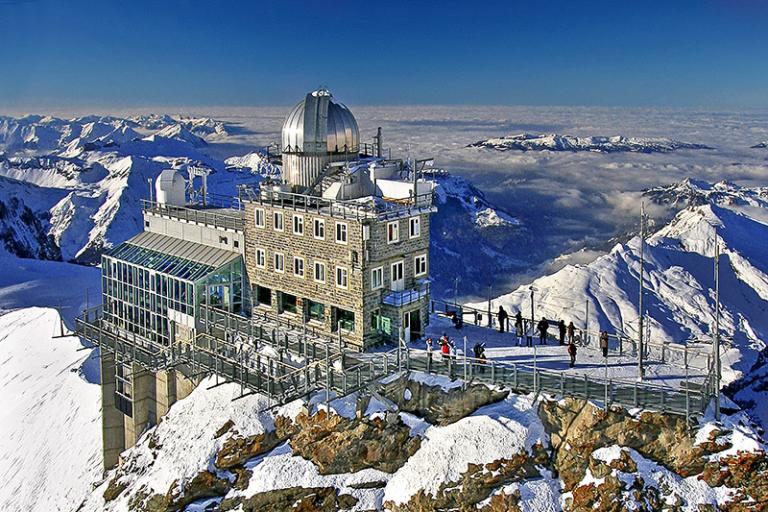
(Wikimedia Commons public domain photograph)
We spent most of today at and around the Jungfraujoch, near the top of the Berner Oberland — to borrow a phrase from Edvard Grieg, we spent the day “in the halls of the mountain king.” The weather was very good — perhaps the last really good weather we’ll have here — and the views were (of course) glorious. For the very first time — since it was only opened in December of 2020 — we took the new Eiger Express aerial tramway from the spectacular new Grindelwald Terminal train station (which is [somewhat confusingly, given its name] not the final Grindelwald station) up to the new Eigergletscher station. Magnificent.
Posted from Matten bei Interlaken, Switzerland



